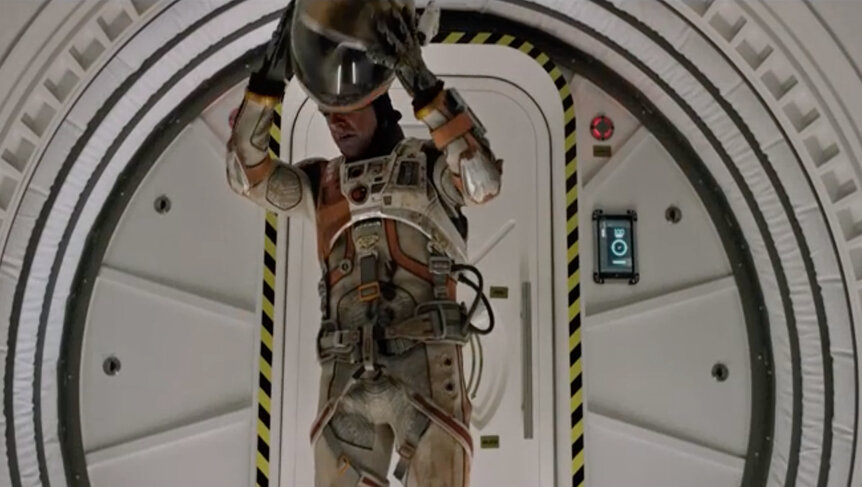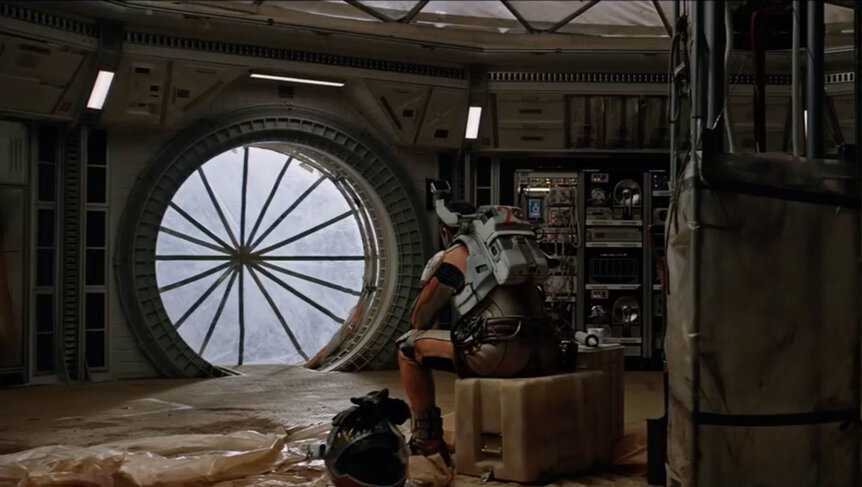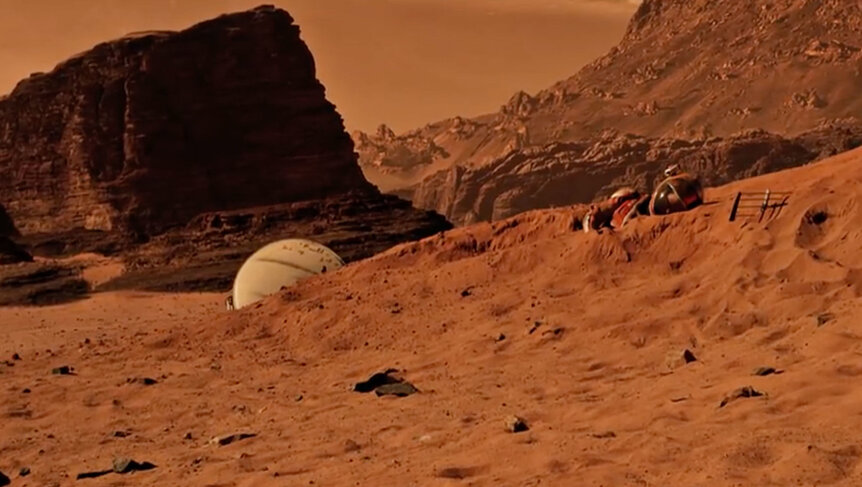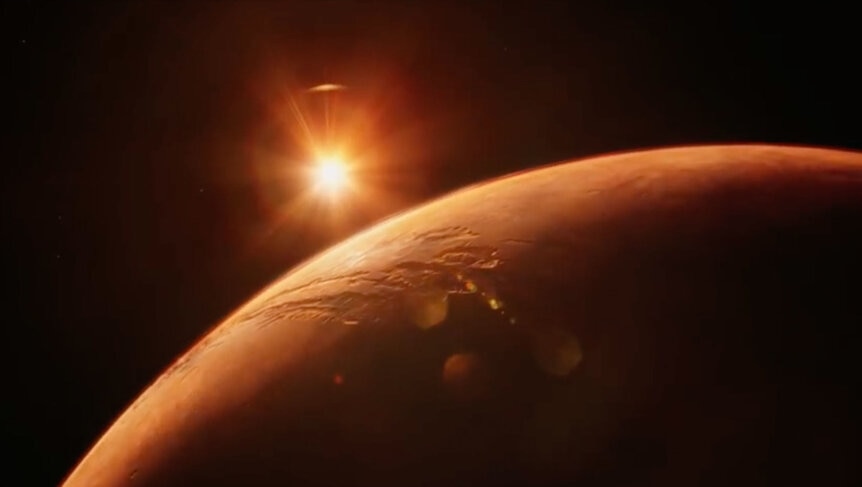Create a free profile to get unlimited access to exclusive videos, sweepstakes, and more!
NASA designer on what sci-fi movies get right (and wrong) about spacesuits
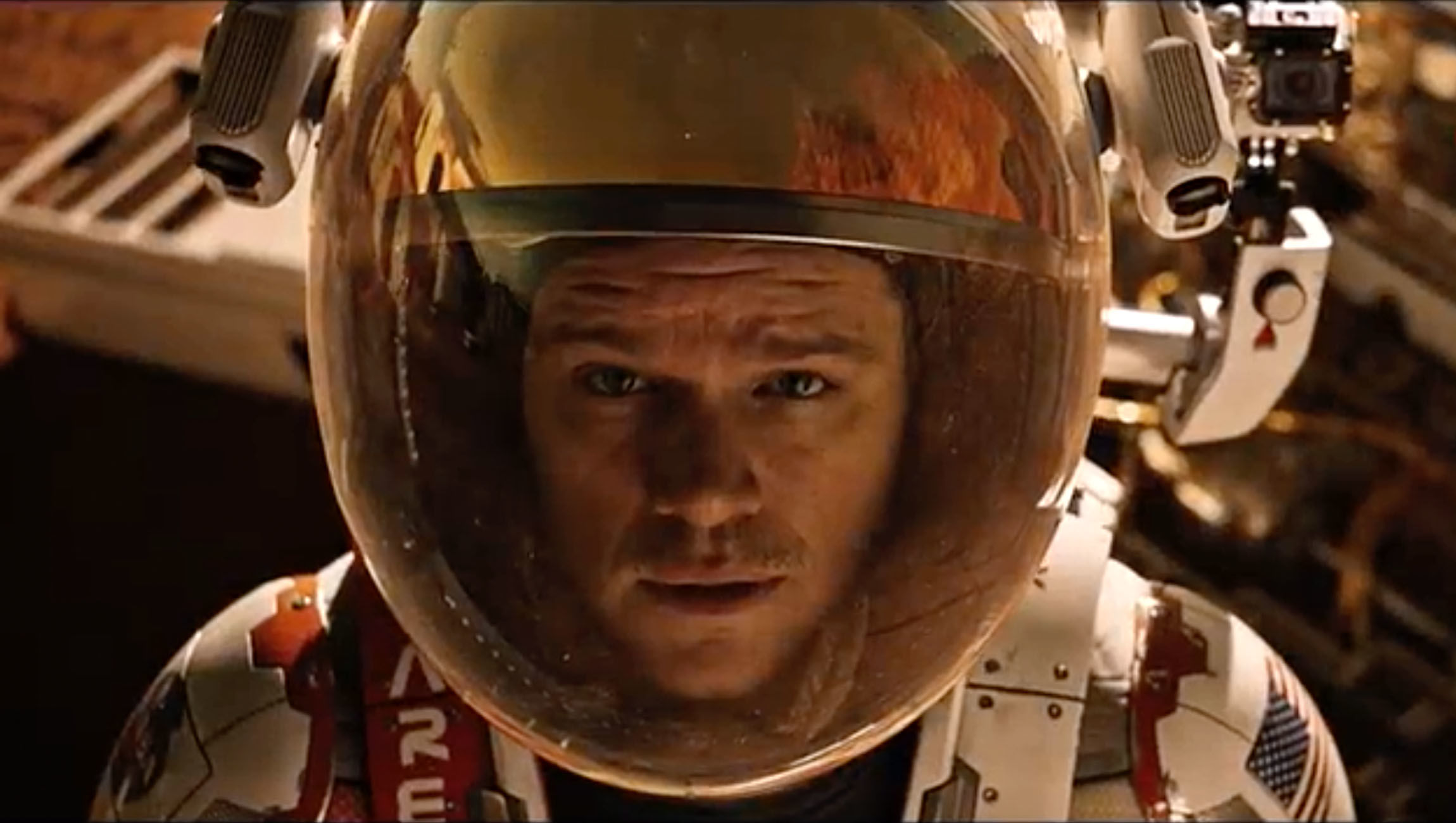
Did you watch The Martian and think that's going to be the real deal when astronauts actually set foot on Mars?
Sci-fi movies can be eerily lifelike. You want to believe everything about scenes that put you right there on the barren reddish landscape, but the reality of putting our species on a planet where humans have never been is going to be slightly different. Maybe even cooler, as we discovered talking to Michael Lye, senior critic and NASA coordinator at the Rhode Island School of Design (RISD). Lye designed the MS1 Mars simulation suit that's currently being used in test missions, and talked to SYFY WIRE about what science fiction has exaggerated about venturing to the Red Planet — and what it actually got right.
“When I see Matt Damon going in and out of a habitat 10 times over the course of 24 hours, it’s probably not going to happen like that,” Lye said. “You’re going to go out once and stay out for as long as you can; then you’re probably not going to go out again very quickly after that just because the procedure for getting into the suit takes so long.”
Spacesuits aren’t exactly the type of thing you just throw on before taking off to explore. Lye described the process of getting dressed for a freezing, radiation-blasted planet as something that requires extreme patience. A suit designed to protect the human body from extreme radiation and temperatures needs to actually work if you intend to stay alive. Once you’ve climbed in (you definitely don't pull it over your head), you have to run test after test to make sure all systems are go — the electronics, mechanisms, and everything else you can possibly think of.
Sorry, Matt Damon. You can’t just saunter in and out of a Martian habitat whenever. Spacesuits also have to be pressurized when astronauts are actually wearing them in space, as opposed to a test site or movie set on Earth. Of course, directors don’t want their actors looking like the Michelin Man, so they leave that part out.
“With many of the spacesuits, if you look at them, you can tell that they’re not pressurized by the way the fabric moves or the way the outside surface moves," said Lye. "They’re not pressurized, but they’re also not clearly suggesting alternate means of adding the pressure that people need inside a spacesuit.”
Damon’s suit did have a lot of hard areas for knees and elbows, which is something Lye believes will get incorporated into the spacesuits that end up walking around on Mars. But there usually has to be some sort of trade-off in movies when you’re dealing with designing a suit that is both aesthetically pleasing and believable.
By the way, Mars is dusty. We know this because all that regolith that often gets kicked up by gusts of wind has proven to be great at destroying expensive equipment. Even if you don’t find yourself caught up in a Martian wind storm, your suit is going to be covered in particles. Part of taking it off is going to be making sure you don’t bring Mars inside with you. You don’t want to breathe any of that in, though if you do, at least the wind erodes and softens the edges of particles, so Mars dust is less dangerous than the jagged particles of moon dust.
Another thing that movies on Earth are unable to replicate with complete accuracy is gravity, or the lack thereof.
“There are always limitations in sci-fi movies that make it really hard to deal with when you’re filming here on Earth,” Lye acknowledged. “The difference in gravity is impossible to simulate successfully over the long term. You can slow things down, you can alter the video, but ultimately it’s not the same as being in a partial-gravity environment like on the moon or Mars.”
Lye did mention that one of the movies he believes did a stellar job with this was Apollo 13. “They did lots of filming in the zero-gravity plane, like parabolic arcs, so they could actually capture what it was like to be in microgravity. In that sense they did a great job on that.”
So what else did sci-fi films actually get right? If you ask Lye, many aspects of The Martian were almost as accurate as if you really were sitting there in Matt Damon’s spacesuit, looking over the vast rocky landscape and toward an alien horizon.
“The Martian did a really good job at capturing so many different aspects of what it would be like to be on the surface of Mars,” Lye said. “Andy Weir went through a lot of effort to make sure that certain aspects of it were based on hard science and were very accurate, and I think he succeeded at that.”
Watch The Martian again with all this in mind. This time, you might get a feel for what it’s really going to be like for the first astronauts who touch down on that forbidding but fascinating planet.
